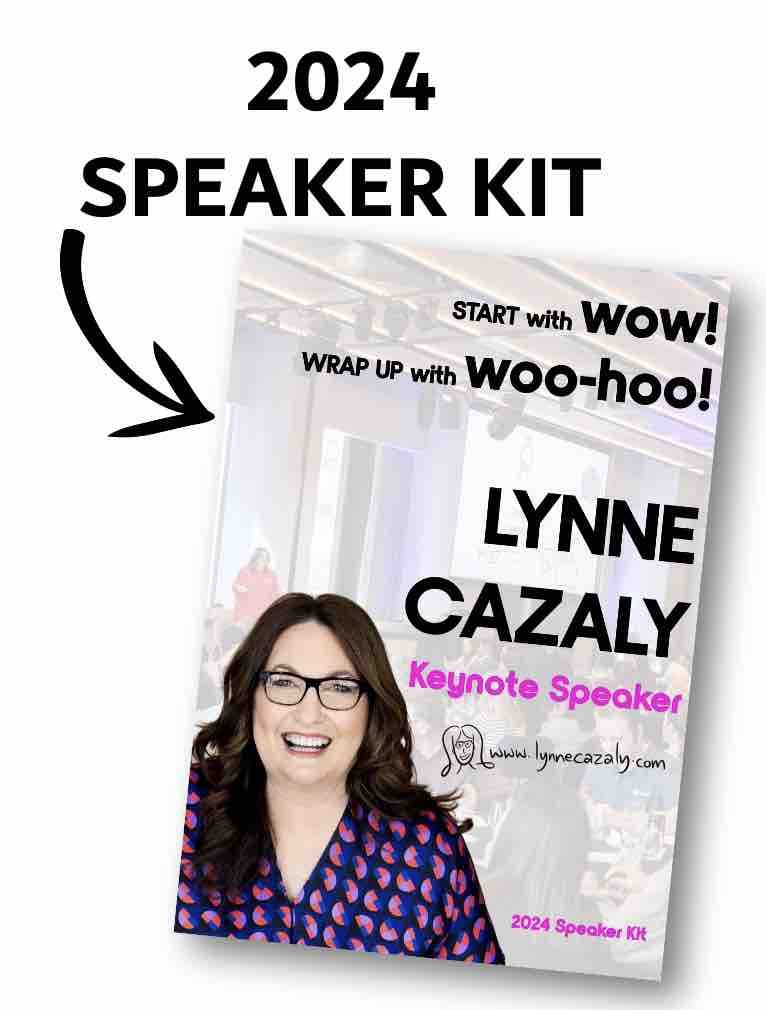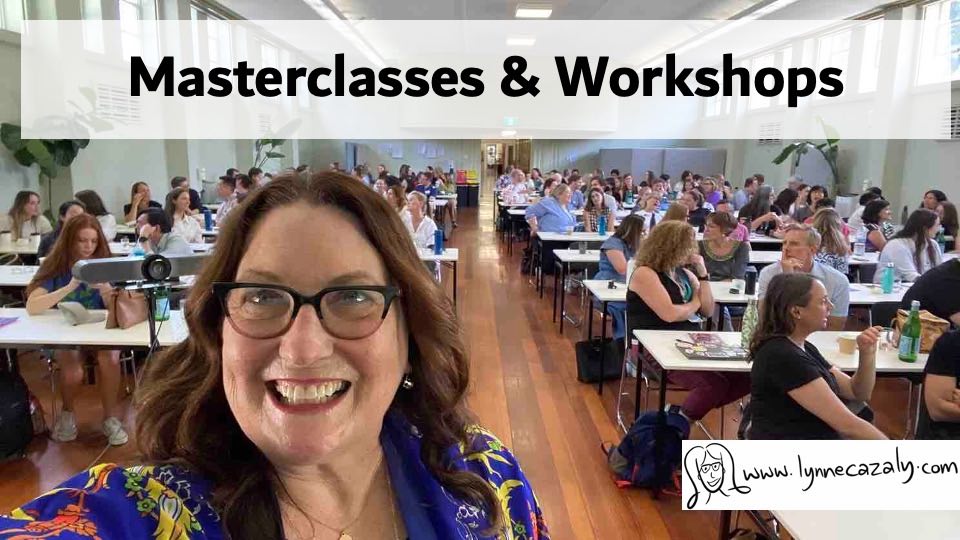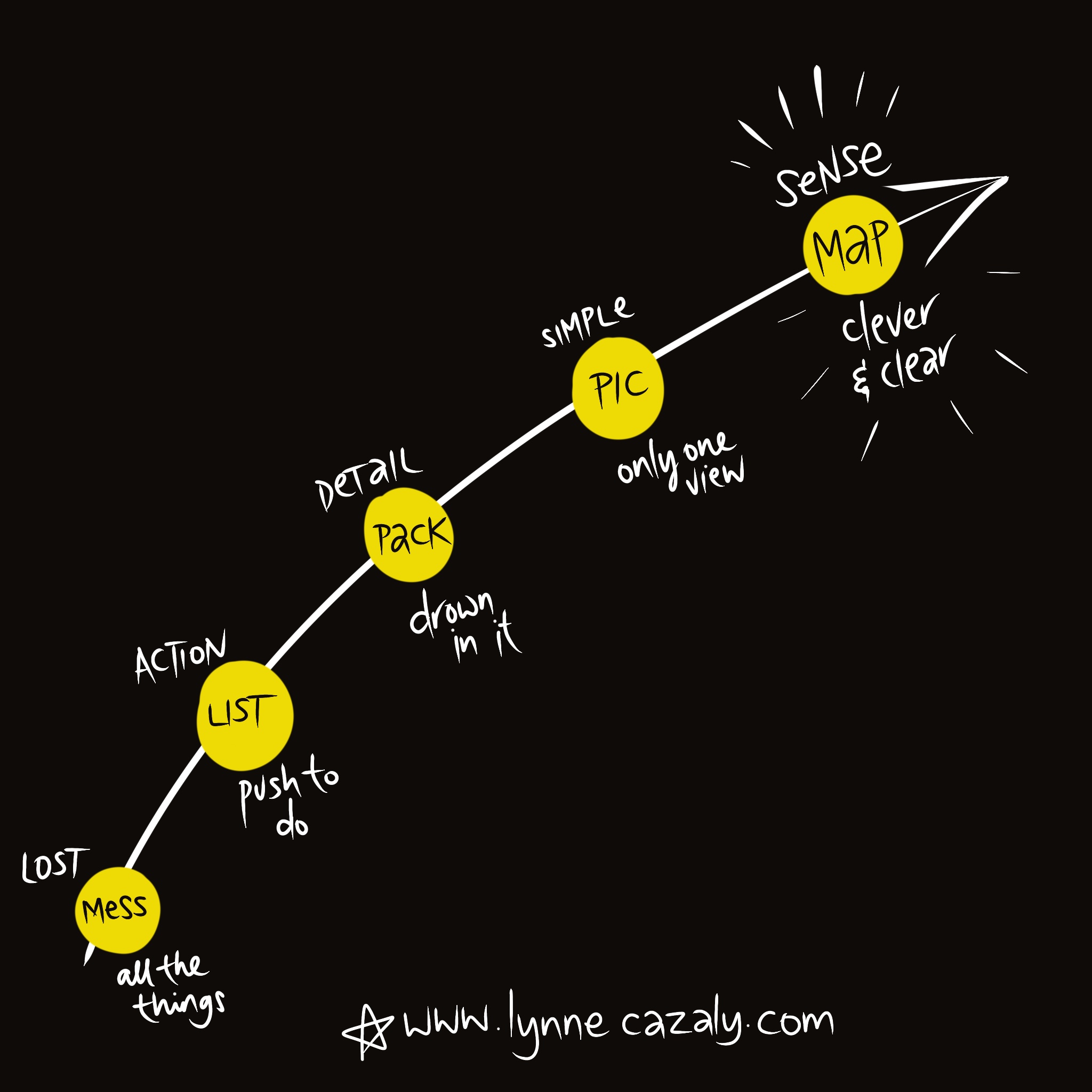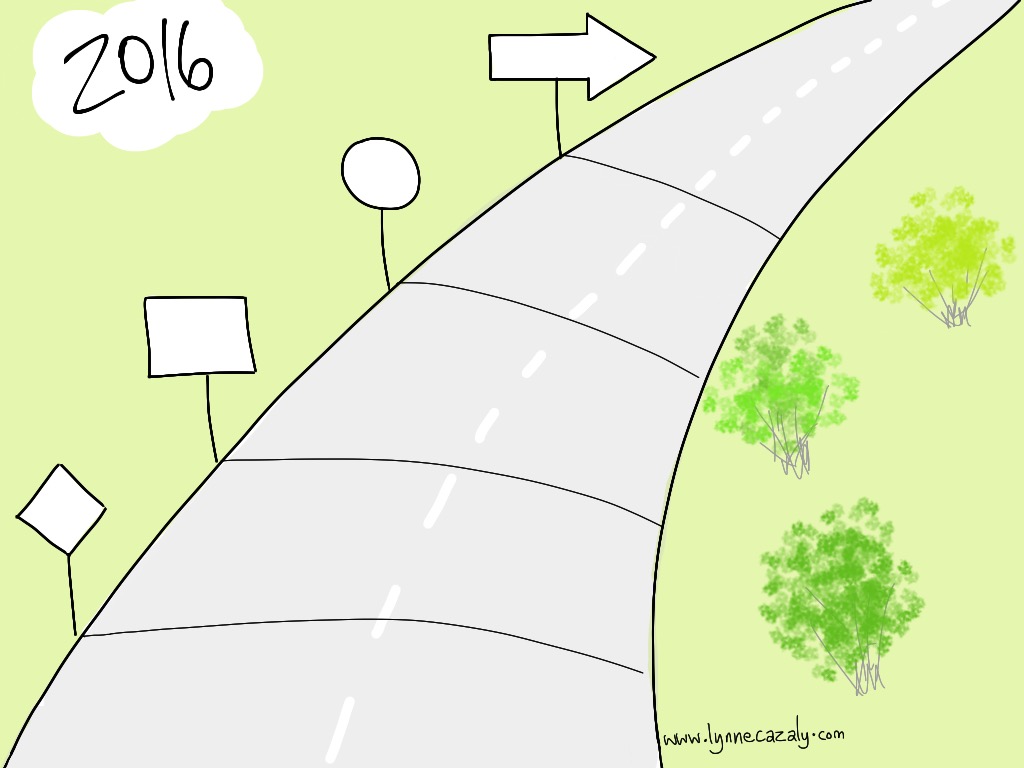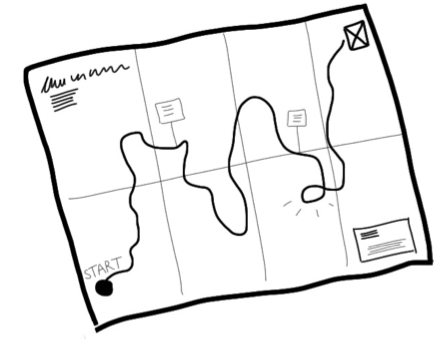 If failure is sexy and pivoting is in, that means we have a world of people who are keen to keep looking around, wondering, improving and trying stuff out.
If failure is sexy and pivoting is in, that means we have a world of people who are keen to keep looking around, wondering, improving and trying stuff out.
I reckon that might be you.
I’m giving a big shout out and encouraging thanks to the:
- adventurers : the people who cringe at bureaucratic BS and wasteful systems;
- modern day mapmakers and cartographers : who help people see what’s going on and where we’re going; and
- toolsmiths : those who use any type of tech, digital or analogue tool or implement to get sh*t done.
You're important mavens, facilitators and connectors in the workplaces of today … and the future.
I think we’re always on the dangerous edge of losing touch with each other or wasting time on activities that don’t really make a difference.
So as we head off on our next change journey or a transformation project or as we create a new product or try out something, I particularly want to zoom in on the mapmaker, the cartographer who helps guide or map what the heck is going on.
Unlock and formulate meaning
Static maps of two dimensional things – locations, objects, the universe, stars and planets – have a history as old as time. More recently, 3D and interactive maps have given us more knowledge, awareness, access and opportunity.
We’re able to depict so much information and detail on a map, thanks to (now) well-recognised symbols and icons. And with the rise of digital mapping on our phones and devices, I think we’re breeding a new generation of map lovin’ people; who either like checking out (or in) where they are, or would LOVE to see more about where things are heading on your project.
But there’s more to maps than just using them on our phones or devices to find out where we are or to use a GPS in a car to plot out the best or most scenic route.
Maps have a stunning place and role to play in the workplace. Here’s why:
“A map does not just chart, it unlocks and formulates meaning; it forms bridges between here and there, between disparate ideas that we did not know were previously connected.”
From The Selected Works of T.S. Spivet by Reif Larsen
To help people know what’s going on, to help them buy-in to the change or project or to see what’s next, we all need a little bit of map maker in us. Here’s how.
Start by mapping the dialogue
Dialogue mapping is the activity of facilitating a conversation and capturing the threads. When people say stuff, you write some of it down. It’s that easy.
Once you’ve got some threads, you write 'em down. These threads I'm talking about, it’s what we mean when we say ‘connecting the dots’. Often you’ll hear people ask, 'Does that make sense?' They’re hoping you’re connecting the dots!
It's known as sense making: we’re trying to work out what’s going on and what we need to do about it.
The beauty of a dialogue map is that you don’t let key content vapourise upward in the room back out through the air vents! No, you capture it and map it. It means others can see what is being said, in dialogue. It brings seemingly unrelated items together, creating a systems approach to thinking and conversations.
Yeah but what maps?
Try some maps like this:
- For competing sides use an argument map or a pros and cons chart
- Isolate the questions people have or are asking
- Collate the answers or ideas you’re all coming up with
- Pinpoint the data, sources of information or research
- Show the connections and relationships, links and lines.
Yes, these are maps.
The land was unknown before you mapped it and now there’s a map, there’s a way forward.
You’ll look like an adventurer, even if you don't feel like it because that map helps keep holding the threads together.
I’ve found dialogue mapping to be one of the most powerful tools working with groups and different cultures, countries, fields, industries, levels of literacy and in groups of large and small numbers.
‘Hooray!’ is what people often say (out loud or in their head; you can tell by their a-ha facial expressions!) when they see the product or thing you’re discussing taking shape. They’re finally able to see what’s been sitting quietly in other people’s heads!
Then once it’s up there, further collaboration happens. You can start building on it.
Beyond that conversation or meeting, it becomes an artifact of the conversation; it marks a time in history when sense was made based on what was known. Anyway, maps keep getting revised all the time! This may be version 1.
We are not listening all the time
Mapping the dialogue helps people hear each other. Because we’re not really listening, are we? Hello? Are we? Well not ALL the time! I don’t think it’s about ‘making’ people listen to us, rather we need to use some other ways of making information
- easier to relate to (what's in it for me)
- quicker to digest (who’s got time for big hefty packs of info)
- clearer to understand (we're all important here).
This isn’t dumbing anything down anywhere. We are always going to have complex information and content to deal with.
But we must try a little harder to be better sense makers - for others in the room and most importantly, for those who aren’t in the room!
Dialogue mapping helps people hear what’s being said that they just missed (while they were checking their phone).
It helps capture complex content and represents the views of all, not just the loudest.
It helps create shared understanding.
Meetings are shorter, more gets done, it’s a richer experience and it’s highly engaging. Your brain can not look away (for too long) when there is a changing map up there on the wall, whiteboard, window or chart.
If you're stressing thinking this is art...
Please relax. It doesn’t really matter what your map looks like; it can have roads and cities and stops marked on it like a real road map or subway map for example; or it could be a bunch of circles connected with lines or perhaps one wavy line with some points marked on it or a few cloud-blob shapes with some words in them.
In the words of Sensemaking guru Karl Weick...
‘any old map will do’.
It doesn’t matter what it looks like, ok?
Just have something for people to look at so they know where they are and what’s going on.
But not too box-ey ok?
I would put one rider on maps; I think there is a danger in having a boxy organisation chart-style map that we’ve lovingly created on our desktop in PowerPoint over the past three days. Urgh. If it looks like a hierarchy or control-like or template-ish, no, not a map.
We can get a little hung up on trying to make a ‘plan on a page’ and then reducing all that text down to 6 point font size so it fits in all the boxes we’ve jammed on the page. In trying to make sense we've gone all box-ey. That’s an over-engineered piece of vanilla that neither engages nor inspires. It might tick somebody’s box but it’s not going to light anyone up with ‘hey, that looks amazing; let’s work on this thing’.
Then. Now. Next
The main thing to do is create something that helps people see:
Then you’ve got something to go with; you can can start working out how you’ll get there.
Road trip anyone?
“To put a city in a book, to put the world on one sheet of paper -- maps are the most condensed humanized spaces of all... They make the landscape fit indoors, make us masters of sights we can't see and spaces we can't cover.”
From Eccentric Spaces by Robert Harbison
 Monday, March 2, 2020 at 11:20AM
Monday, March 2, 2020 at 11:20AM 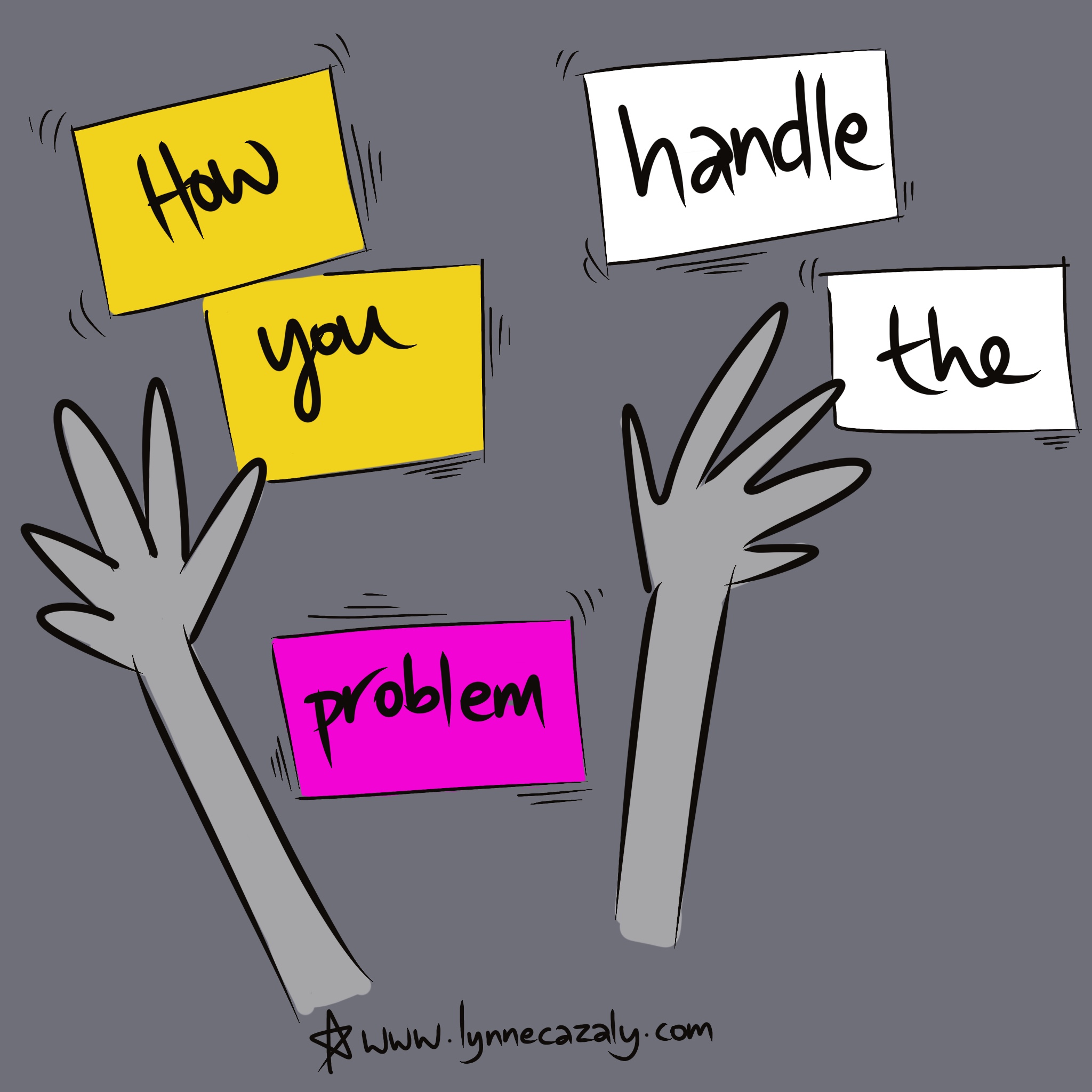 When you were most recently working on a problem, a conundrum or a tricky situation, how were you handling the problem? Were you talking about it? Say, sitting around a table with other people, just talking it through? Or were you ‘handling the problem’? Did you actually get your hands on the problem?
When you were most recently working on a problem, a conundrum or a tricky situation, how were you handling the problem? Were you talking about it? Say, sitting around a table with other people, just talking it through? Or were you ‘handling the problem’? Did you actually get your hands on the problem? 
